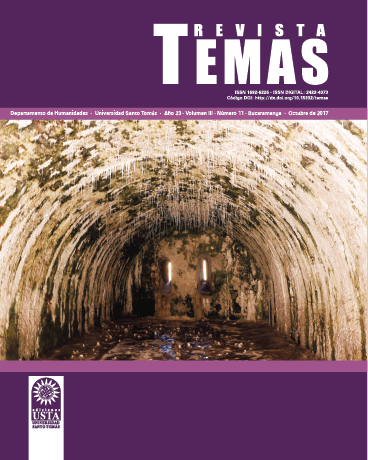Implementing differentiated education: why diversity must be appreciated
Palabras clave:
Customized lessons, Differentiated Education, Higher order thinking skills, one-size-fits-all approach, Tiered assignments
Resumen
This reflection paper illustrates the relevance of differentiated education in our current times, which brings to light students’ learning differences and innovative tailored-teaching approaches, leaving behind the traditional so called onesize-fits-all teaching method. The author will start by defining what differentiation is about. She will proceed by explaining the advantages of implementing differentiated education in our classrooms at all ages and subjects as well as describing potential activities to promote flexible-customized lessons based on students’ needs and varied academic performance levels. The author will end describing a set of strategies to target students’ senses, encourage problem-solving skills, support cooperative learning, and adapt assignments so learners feel capable of succeeding in an academic setting.Referencias
Bloom, B., Engelhart, M., Furst, E., Hill, W., Krathwohl, D. (1956). Taxonomy of Educational Objectives, Handbook I: The Cognitive Domain. New York: David McKay Co Inc.
Dweck, C. (2014). The power of believing that you can improve. Retrieved from https://www.ted.com/talks/carol_dweck_the_power_of_believing_that_you_can_improve
Hall, T. (2002). Differentiated instruction. Wakefield, MA: CAST. Retrieved from www.cast.org/publications/ncac/ncac_diffinstruc.html
Heacox, D. (2002). Differentiating Instruction in the Regular Classroom. (pp. 91-101). Minneapolis, MN: Free Spirit Publishing.
Huebner, T. (2010). What research says about Differentiated Learning. Educational Leadership, 67(5), 79-81.
Jensen, E. (1998) Teaching with the Brain in Mind (pp. 41-112). Alexandria, VA: ASCD.
Tieso, C. (2005). The effects of grouping practices and curricular adjustments on achievement. Journal for the Education of the Gifted, 29(1), 60–89.
Tomlinson, C.A., & Imbeau, M.B. (2010). Leading and Managing: A Differentiated Classroom. Alexandria, VA: ASCD.
Dweck, C. (2014). The power of believing that you can improve. Retrieved from https://www.ted.com/talks/carol_dweck_the_power_of_believing_that_you_can_improve
Hall, T. (2002). Differentiated instruction. Wakefield, MA: CAST. Retrieved from www.cast.org/publications/ncac/ncac_diffinstruc.html
Heacox, D. (2002). Differentiating Instruction in the Regular Classroom. (pp. 91-101). Minneapolis, MN: Free Spirit Publishing.
Huebner, T. (2010). What research says about Differentiated Learning. Educational Leadership, 67(5), 79-81.
Jensen, E. (1998) Teaching with the Brain in Mind (pp. 41-112). Alexandria, VA: ASCD.
Tieso, C. (2005). The effects of grouping practices and curricular adjustments on achievement. Journal for the Education of the Gifted, 29(1), 60–89.
Tomlinson, C.A., & Imbeau, M.B. (2010). Leading and Managing: A Differentiated Classroom. Alexandria, VA: ASCD.
Cómo citar
Villamizar Castrillón, L. (1). Implementing differentiated education: why diversity must be appreciated. Revista Temas, (11), 31-36. https://doi.org/https://doi.org/10.15332/rt.v0i11.1745
Número
Sección
Artículos de Investigación



